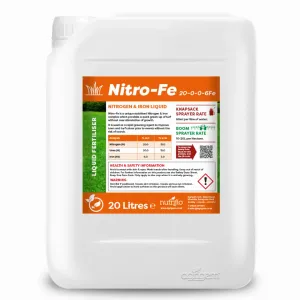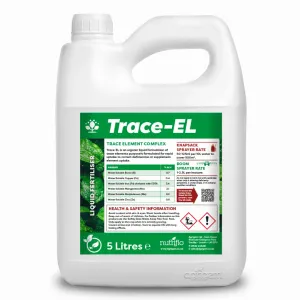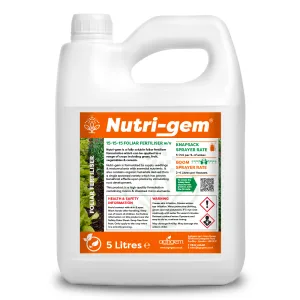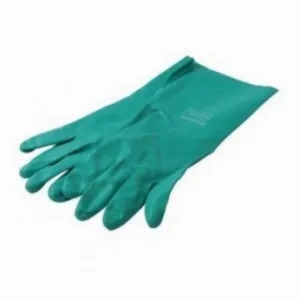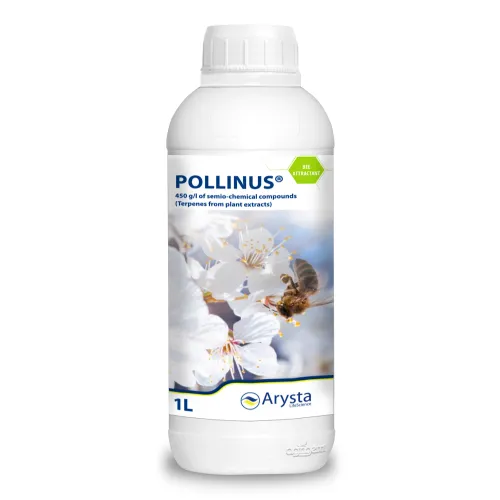
Pollinus Bee Attractant 1L
- Replicates bee pheromones as exactly as possible.
- Ensures pollination in the best conditions.
- Increases crop yield.
- Attracts bees to target plants and crops.
Full Description
Pollinus is a unique formula containing four semiochemical ingredients that replicate the scents and trace pheromones that attract bees.
A bee's life is ruled by pheromones (fragrant substances secreted by the animal's exocrine glands that produce a behavioral or physiological response from another animal of the same species) as their entire being depends on them. As well as using them to communicate with eachother, bees use pheromones during development, reproduction, defence, orientation, and most importantly, gathering pollen. Exploring bees produce the pheromone that attracts the pollen-gathering bees to the plant; applying Pollinus helps encourage bees to pollinate the crop it is applied to rather than other crops nearby that may have more attractive nectar.
Treating your crops with Pollinus helps ensure pollination in the best possible conditions. Pollinus improves flower visitation of the bees with the aim of improving the overall fruit set, ultimately increasing crop yield considerably.
Testimonial:
“We have found Pollinus to have a positive effect on bee visitations, particularly for plants with large flowers such as aubergines, which are mainly grown in a protected environment.
So where previously, bees may have visited one or two flowers on a plant, Pollinus makes them more attractive so they stay for longer, visiting more flowers and therefore successfully pollinating.
We are pleased with the product’s performance because successful pollination is key for optimum yield, and this is where we have seen a tangible improvement. We plan to use Pollinus in our future spray programmes.”
Our Recommendation
- Always read the product label before use.
- Apply early in the morning during good conditions.
- Locate all beehives prior to applying Pollinus.
- Spray with a high pressure sprayer.
- Apply the first spray at the start of blossoming and preferably after a beehive has been installed.
- Apply the second spray as soon as 50% of the flowers have opened.
Technical Specification
| Product | Pollinus Bee Attractant 1L |
|---|---|
| Brand | Pollinus |
| Period Of Use | All Year Round |
| Pack Size | 1 Litre |
| Active Ingredient | 450g/L terpenes from plant extracts (linalol, citral, geraniol, anetol) |
| Application Method | Knapsack, Boom Sprayer |
| Knapsack Sprayer Rate | 20ml in 10L of water covers 200m² |
| Area of Use | Trees, Ornamentals, Plants, Horticulture, Fruit Crops, Agricultural Crops, Vegetables |
| Boom Sprayer Rate | 1L per Hectare in vegetable, fruit and seeds |
| Pack Size Coverage | 10,000m² or 1 Hectare |
| Safe For Use On | Around Fruit Trees, Around Shrubs, Around Trees |
| Product Label | Download |




